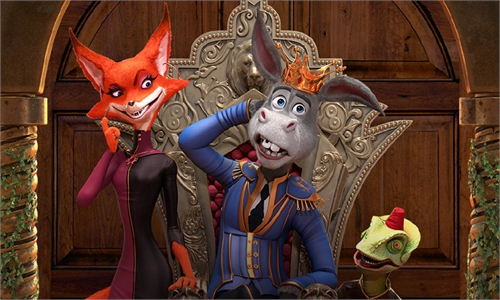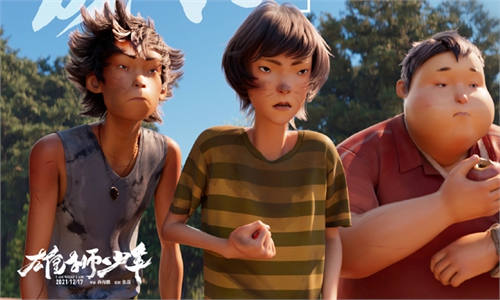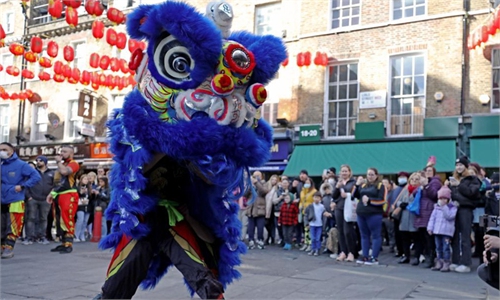ARTS / FILM
China’s traditional stories add flavor to the country’s animated works
Cultural treasure trove
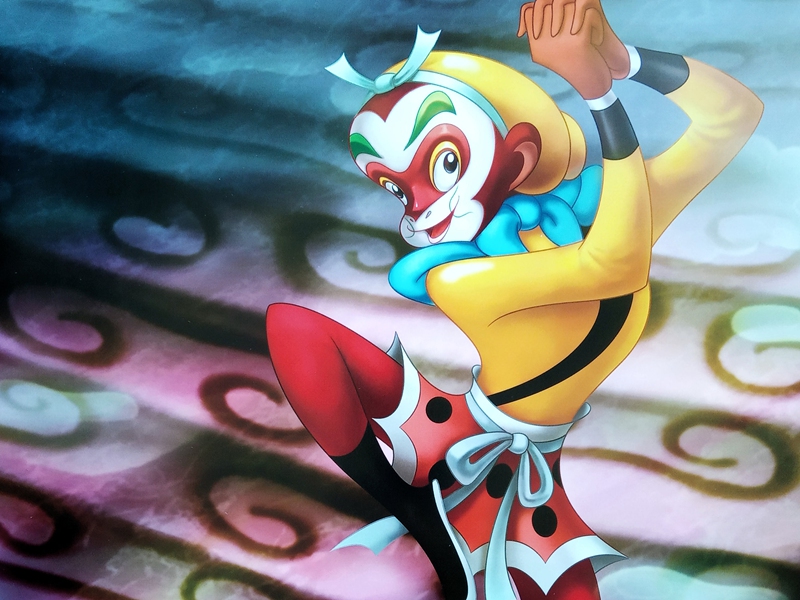
The Monkey King Photo: IC
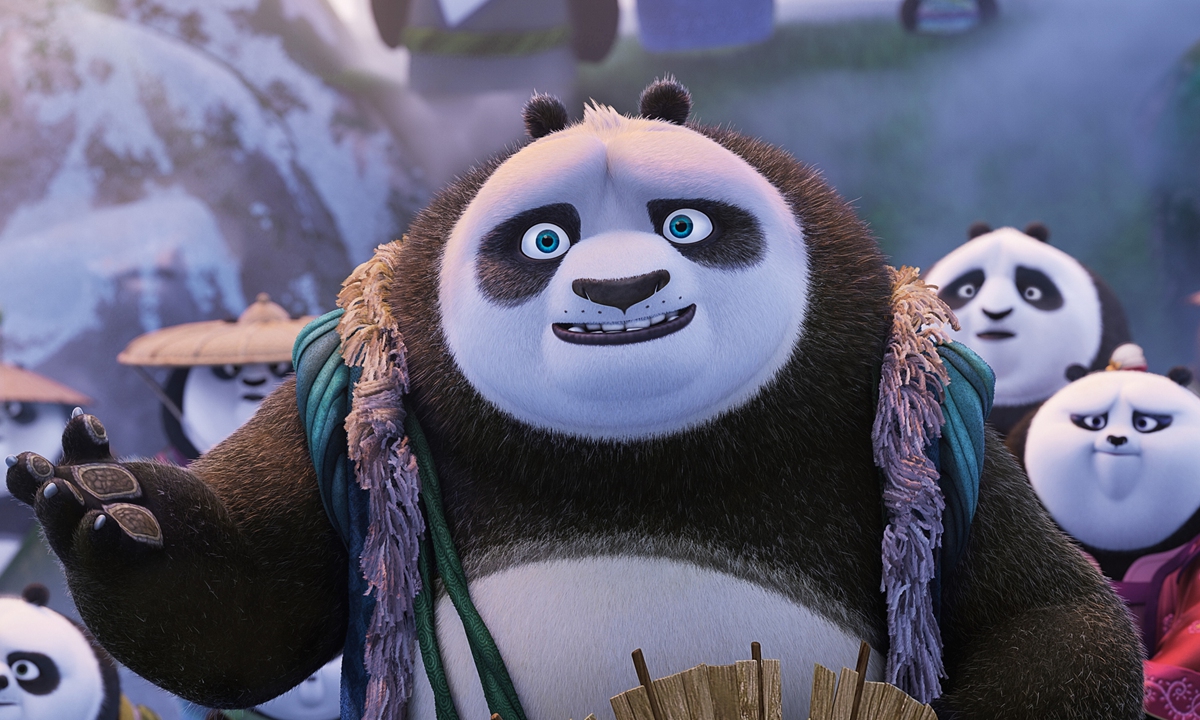
Po in Kung Fu Panda 3 Photo: IC
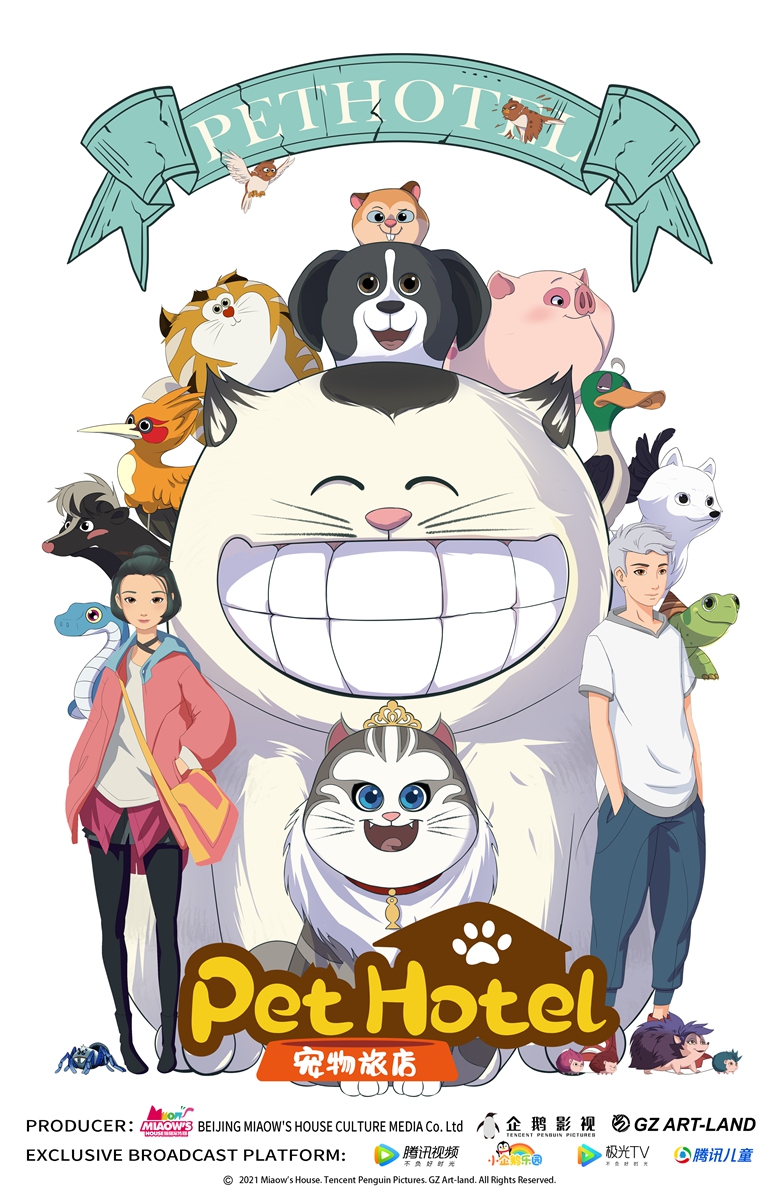
Pet Hotel Photo: Courtesy of Tencent Video
Editor's Note:It has been 100 years since the first Chinese animated work was created in the country. The animators living a century ago probably had never imagined that Chinese animation could advance as rapidly as it is today. Since the industry's start, China's traditional culture has provided the nutrition the industry has needed to grow. Looking back over the past 100 years, we can discover many characters who were inspired by China's rich cultural heritage like the Monkey King and Po the kung fu panda.
Opening the web page for the animated works produced over the decades by the Shanghai Animation Film Studio, it is easy to find many classic cartoon characters that are familiar to Chinese people across generations such as the Monkey King, Nezha and the Calabash Brothers.
The web page is part of the studio's celebrations for the 100th birthday of Chinese animation.
Back in 1922, a one-minute-long animated advertising short for the Shu Zhendong Huawen Daziji (lit: Shu Zhendong Chinese Typewriter) made its debut. The work used primitive techniques, but became the forerunner and foundation of Chinese animation.
Over the following decades, popular Chinese folk stories such as Magic Brush and Lotus Lantern were adapted into animated films or shorts by generation after generation of Chinese animators. The works of Shanghai Animation Film Studio are some outstanding examples of this.
The studio established different styles of animation based on these folk stories, including water-and-ink animation, paper-cutting animation and puppetry animation. The classic works the studio produced stunned the world and inspired numerous animators overseas, especially in Japan. Japanese animator Osamu Tezuka once said he benefited a lot from China's water-and-ink animation.
After 2015, when the 85-minute-long animated film Monkey King: Hero is Back became a huge hit on the big screen, Chinese animators began exploring how to make more original stories based on its traditional culture, which resulted in the launch of a series of high-quality works that earned millions and even billions of yuan at the box office such as Ne Zha and White Snake.
In the eyes of industry insiders, China's long-standing traditional culture has always been a treasure trove for finding themes and creating scripts. Kung Fu Panda 3, the first collaboration between China and the US in terms of animation, has inspired many moviegoers to see the potential and charm of Chinese culture.
At the same time, more and more Chinese animated works have been entering overseas markets, expanding the influence of Chinese culture around the world.
Creative nutrition
According to data published by qianzhan.com, the total output value of China's animation industry surpassed 200 billion yuan ($29.9 billion) in 2020. Additionally, major Chinese streaming platforms aired over 60 animated series during the second half of 2021.
Generation Z follow cultural traditions and love ethnic styles, and many find domestic animated series based on Chinese mythology and folklore more interesting than other genres. China's distinctive aesthetic style and excellent traditional culture are still the most complimented aspects of domestic animated works among Generation Z, the Guangming Daily reported.
"People's demand for animation is increasing. The success of previous works, especially the 2019 hit film Ne Zha, has made investors recognize the potential of animation. And Chinese studios are making progress when it comes to technical know-how and creative ideas," Shi Chuan, vice chairman of the Shanghai Film Association, told the Global Times.
Successful characters in animated movies such as the Monkey King, Nezha and White Snake originate from classic Chinese literature while the setting for Bigfish and Begonia was also heavily inspired by traditional Chinese culture.
Chinese studios have also begun tapping into the huge demand for diverse content on international streaming platforms, which are trying to collect more original content from various cultures.
"There are a lot of original stories that can be explored and adapted from our millennia-old traditional culture. This is an opportunity," She Yinbin, in charge of kids content at streaming platform Tencent Video, told the Global Times.
Expanded influence
Chinese animated works, be they web series or movies, have been making steps into the overseas animation market over the past decade. Since 2018, a series of animated films such as White Snake and The Legend of Hei have been nominated for awards at the Annecy International Animation Film Festival, known as the Oscars of animation.
After 2019, animated works with distinctive Chinese styles suitable for both children and adults have begun to make an impact abroad. For example, the international streaming service Netflix bought the overseas broadcasting rights for the animated series Scissor Seven and other Chinese animation works.
"Currently, the trend of returning to tradition is intensifying in the Chinese animation industry as the younger generations' confidence in Chinese culture has been increasing," Zhang Yiwu, a Peking University professor, told the Global Times.
Zhang noted that the stories created by ancient Chinese cover a diverse range of themes.
"Today's animators have a huge room to develop these themes."

